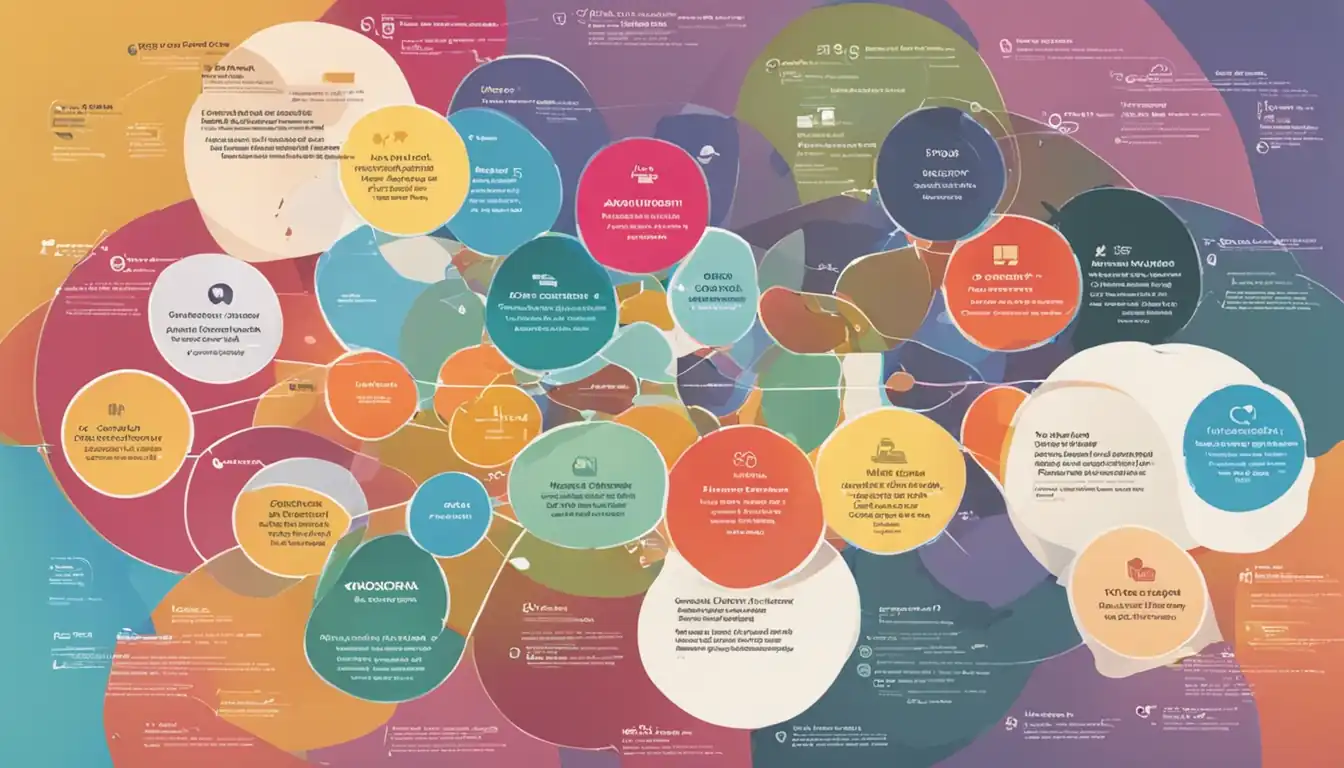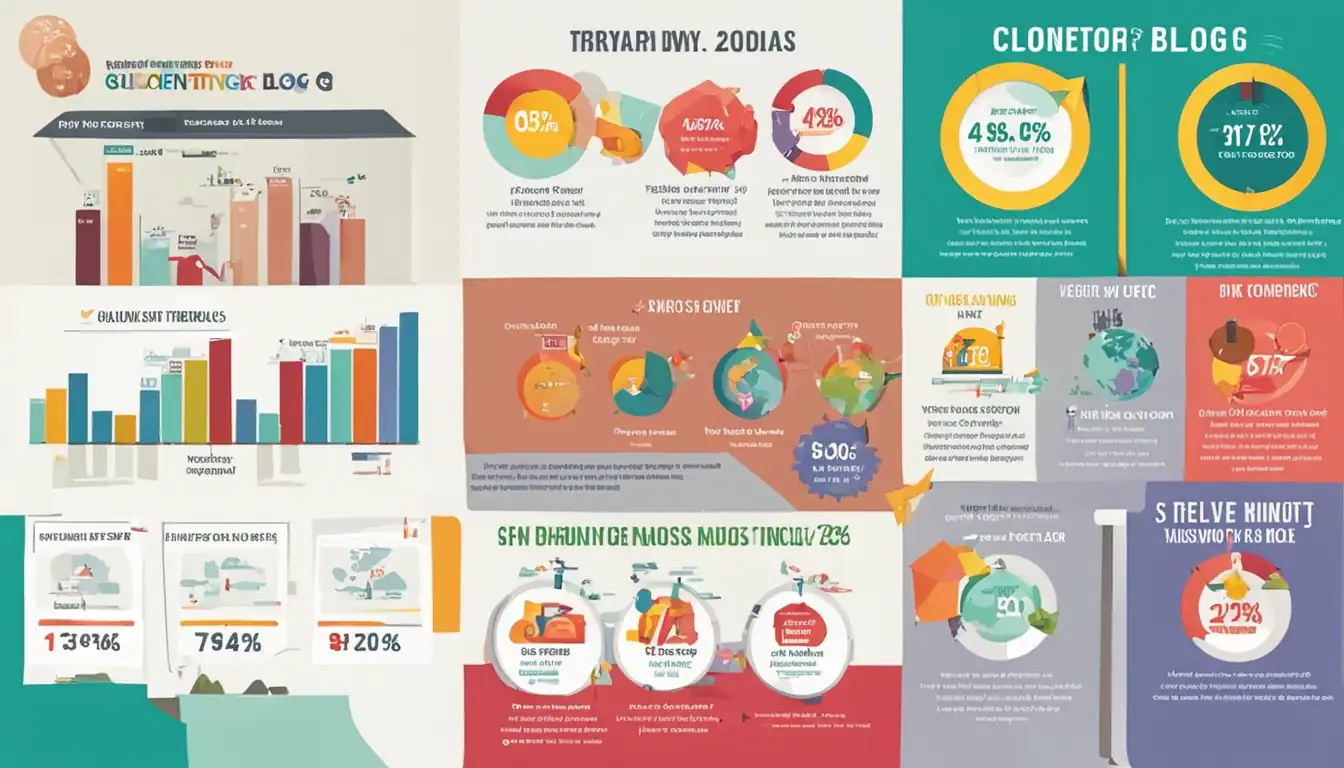Content Gap Analysis for SEO

When it comes to boosting your website's visibility on search engines, content is king. But how do you ensure that your content is hitting the mark and reaching your target audience? That's where content gap analysis for SEO comes in. By identifying gaps in your content strategy, you can optimize your website for better search engine rankings and increased organic traffic. In this post, we'll dive into the world of content gap analysis and show you how to leverage it to supercharge your SEO efforts.
Understanding Content Gap Analysis
What is Content Gap Analysis?
Content gap analysis is a strategic method used in SEO to identify gaps in content on your website compared to your competitors. By analyzing the keywords, topics, and types of content that your competitors are ranking for but you are not, you can uncover valuable opportunities to improve your own SEO performance.
Why It's Crucial for Your SEO Strategy
1. Identifying Opportunities
Content gap analysis helps you uncover keywords and topics that are relevant to your industry but may have been overlooked in your current content strategy. By filling these gaps, you can attract more organic traffic and improve your search engine rankings.
2. Improving Relevance
By understanding what type of content resonates with your target audience based on competitor analysis, you can create more relevant and engaging content that meets the needs of your users. This can lead to higher user engagement metrics and improved SEO performance.
3. Staying Competitive
In a constantly evolving digital landscape, it's crucial to stay ahead of the competition. Content gap analysis allows you to keep an eye on what your competitors are doing and identify areas where you can outperform them in terms of content quality and relevance.
4. Enhancing User Experience
By filling content gaps and providing comprehensive information on topics related to your industry, you can enhance the overall user experience on your website. This can lead to increased time spent on site, lower bounce rates, and ultimately better SEO results.
In conclusion, content gap analysis is an essential component of any successful SEO strategy. By identifying opportunities for improvement, staying competitive, improving relevance, and enhancing user experience, you can achieve higher search engine rankings and attract more organic traffic to your website.
The Role of Keywords in Content Gaps

Keywords play a crucial role in content gap analysis for SEO. By understanding the keywords that your target audience is searching for, you can identify gaps in your content and create new opportunities to attract organic traffic.
Identifying Your Keyword Universe
Before conducting a content gap analysis, it's essential to identify your keyword universe. This includes both primary keywords that are directly related to your products or services, as well as secondary keywords that are relevant to your industry or niche. By mapping out all potential keywords, you can gain a comprehensive view of the search landscape and uncover areas where your content may be lacking.
Tools and Techniques for Keyword Discovery
There are several tools and techniques available for keyword discovery that can help you uncover valuable insights for content gap analysis. Some popular tools include:
- Google Keyword Planner: This free tool from Google provides insights into search volume and competition for specific keywords.
- SEMrush: A comprehensive SEO tool that offers keyword research capabilities along with competitive analysis.
- Ahrefs: Another powerful SEO tool that can help identify keyword opportunities and gaps in your content strategy.
In addition to using these tools, techniques such as brainstorming with team members, analyzing competitor keywords, and monitoring industry trends can also be effective ways to discover new keywords for content gap analysis.
Analyzing Your Competitors' Content

When it comes to improving your SEO strategy, one crucial aspect is analyzing your competitors' content. By conducting a thorough analysis of their content, you can identify gaps in your own content strategy and find opportunities for improvement.
How to Conduct a Competitive Content Audit
To conduct a competitive content audit, start by identifying your main competitors in the industry. Once you have a list of competitors, analyze their websites and content to understand what they are doing well and where they may be falling short.
- Identify Competitors: Make a list of your main competitors in the industry.
- Analyze Their Websites: Look at the structure, design, and overall user experience of their websites.
- Review Their Content: Analyze the type of content they are producing, including blog posts, articles, videos, and infographics.
- Assess Their Keywords: Identify the keywords they are targeting and how they are incorporating them into their content.
- Evaluate Their Engagement: Look at how users are engaging with their content through comments, shares, and likes.
Learning from Your Competitors' Strengths and Weaknesses
By learning from your competitors' strengths and weaknesses, you can improve your own content strategy and ultimately boost your SEO performance.
Key Takeaways:
- Identify areas where your competitors excel and see if there are opportunities for you to do better.
- Recognize gaps in their content that you can fill with valuable information for your audience.
- Use insights from their strategies to enhance your own approach to content creation and optimization.
In conclusion, conducting a thorough analysis of your competitors' content through a content gap analysis is essential for refining your SEO strategy and staying ahead in the digital landscape.
Mapping Out Your Content Opportunities

Content gap analysis is a crucial step in optimizing your website for search engines. By identifying areas where your content is lacking compared to your competitors, you can uncover valuable opportunities to improve your SEO strategy.
Prioritizing Topics and Keywords
When conducting a content gap analysis, it's essential to prioritize the topics and keywords that will have the most significant impact on your SEO efforts. Start by identifying high-volume keywords that are relevant to your business and align with user intent. These keywords should be the foundation of your content strategy, as they will help drive organic traffic to your site.
Next, analyze the content gaps between your website and those of your competitors. Look for topics that are missing from your site but are performing well for others in your industry. By filling these gaps with high-quality, optimized content, you can improve your search engine rankings and attract more visitors to your site.
Aligning Your Findings with Business Goals
It's important to remember that SEO is not just about driving traffic to your site; it's also about achieving your business goals. When analyzing content gaps, consider how filling those gaps can support your overall objectives. For example, if one of your goals is to increase sales of a particular product or service, focus on creating content that highlights the benefits of that offering and targets relevant keywords.
By aligning your content opportunities with your business goals, you can create a more strategic and effective SEO strategy. This approach will not only help improve your search engine rankings but also drive meaningful results for your business.
Crafting a Plan to Fill the Gaps
When conducting a content gap analysis for SEO, it is essential to have a clear plan in place to fill these gaps effectively. Here are some key steps to consider when crafting your plan:
Identify the Gaps: Utilize the data from your content gap analysis to pinpoint areas where your website is lacking in relevant and valuable content compared to your competitors.
Set Clear Goals: Determine what you aim to achieve by filling these gaps. Whether it's increasing organic traffic, improving search engine rankings, or boosting conversions, having specific goals will help guide your content creation strategy.
Develop a Content Strategy: Once you have identified the gaps and set your goals, it's time to develop a comprehensive content strategy. This should outline the types of content you need to create, the topics you should cover, and how you will distribute and promote this content.
Allocate Resources: Consider what resources are needed to execute your content strategy effectively. This may include hiring additional writers, designers, or SEO specialists, as well as investing in tools and software that can streamline the content creation process.
Establish a Timeline: Create a realistic timeline for filling the identified content gaps. This will help ensure that you stay on track with your goals and make progress towards closing these gaps over time.
Creating a Content Calendar That Addresses Gaps
One effective way to ensure that you consistently produce high-quality content that fills the identified gaps is by creating a detailed content calendar. Here are some tips for developing a content calendar that addresses these gaps:
Map Out Topics: Based on the findings of your content gap analysis, map out topics that align with the keywords and themes where your website is currently lacking strong content.
Diversify Content Types: Mix up the types of content you produce to cater to different audience preferences and address various aspects of the identified gaps. This could include blog posts, videos, infographics, podcasts, case studies, and more.
Schedule Regular Updates: Set regular publishing dates for new content releases on your calendar to ensure consistency in addressing the identified gaps over time.
Include Promotion Strategies: Incorporate promotion strategies into your calendar to ensure that new content reaches its intended audience through channels such as social media, email marketing, influencer partnerships, and more.
Measuring Success and Adjusting Your Strategy
After implementing your plan to fill the identified content gaps, it's crucial to measure success and adjust your strategy accordingly. Here are some key metrics to track:
- Organic Traffic Growth
- Keyword Rankings
- Engagement Metrics (such as bounce rate, time on page)
- Conversion Rates
By regularly monitoring these metrics and analyzing their impact on your SEO performance, you can make informed decisions about adjusting your content strategy as needed. Remember that SEO is an ongoing process, so be prepared to iterate on your plan based on data-driven insights.